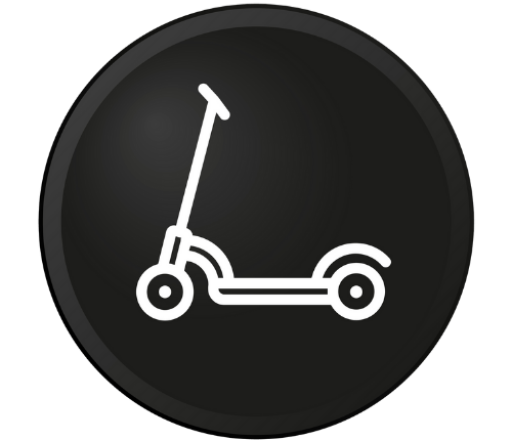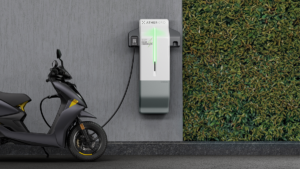As urban cycling continues to grow in popularity, safety remains a top priority for cyclists. One of the most essential pieces of safety equipment is the bicycle helmet.
This article delves into the importance of city bicycle helmets, features to look for, different types available, and tips for proper use and maintenance.
The Importance of Wearing a Bicycle Helmet
Wearing a helmet can significantly reduce the risk of head injuries in the event of an accident. Here are some compelling reasons to wear a helmet while cycling in the city:
- Head Protection: Helmets are designed to absorb impact and protect the skull and brain during a collision or fall, reducing the severity of injuries.
- Legal Requirement: In many cities, wearing a helmet is mandated by law, especially for children. Compliance with these laws is crucial for legal and safety reasons.
- Visibility: Many helmets come with reflective materials and bright colors that enhance a cyclist’s visibility to drivers, especially in low-light conditions.
- Confidence and Comfort: Wearing a helmet can boost a cyclist’s confidence, knowing they are better protected. Modern helmets are also designed for comfort, with adjustable straps and ventilation.
Features to Look for in a City Bicycle Helmet
When choosing a helmet, consider the following features to ensure maximum safety and comfort:
- Safety Certification: Ensure the helmet meets safety standards set by organizations such as the Consumer Product Safety Commission (CPSC), the Snell Foundation, or the European Committee for Standardization (CE).
- Fit and Adjustability: A well-fitting helmet should sit level on the head, covering the forehead without obstructing vision. Look for helmets with adjustable straps and retention systems for a secure fit.
- Ventilation: Urban cycling can be physically demanding, making ventilation important. Choose a helmet with multiple vents to allow airflow and keep the head cool.
- Weight: Lightweight helmets are more comfortable for long rides and reduce strain on the neck.
- Visibility Enhancements: Reflective elements and bright colors improve visibility to other road users, enhancing safety.
- MIPS Technology: Multi-directional Impact Protection System (MIPS) helmets provide additional protection by reducing rotational forces during an impact.
Types of City Bicycle Helmets
There are several types of helmets designed to meet different needs and preferences:
- Commuter Helmets
- Description: Designed for daily urban commuting, these helmets prioritize comfort, visibility, and convenience.
- Features: Often include integrated lights, visors, and reflective elements. Lightweight with ample ventilation.
- Examples: Giro Caden, Bern Brentwood 2.0.
- Road Helmets
- Description: Typically used for road cycling but also popular for city use due to their lightweight and aerodynamic design.
- Features: High ventilation, sleek design, and advanced materials for weight reduction.
- Examples: Specialized S-Works, Kask Protone.
- Urban Helmets
- Description: These helmets combine style with safety, often appealing to city cyclists who prefer a more casual look.
- Features: Rounded design, fewer vents, and often include visors and reflective strips.
- Examples: Nutcase Street, Thousand Heritage.
- Folding Helmets
- Description: Designed for portability, these helmets can be folded to save space when not in use.
- Features: Compact design, easy to carry, maintaining safety standards.
- Examples: Morpher, Closca Fuga.
Tips for Proper Use and Maintenance of Bicycle Helmets
To ensure your helmet provides optimal protection, follow these tips:
- Correct Fit: Adjust the helmet so it sits level on your head, with the front edge one to two fingers above your eyebrows. Straps should form a V shape under your ears, and the chin strap should be snug.
- Regular Inspection: Check your helmet regularly for cracks, dents, or any signs of damage. Replace it immediately if you find any issues or after any significant impact.
- Proper Storage: Store your helmet in a cool, dry place away from direct sunlight, which can degrade the materials over time.
- Cleaning: Clean your helmet with mild soap and water. Avoid using harsh chemicals that can weaken the materials.
- Replacement: Helmets should be replaced every 3 to 5 years, even if they haven’t been involved in a crash, as materials degrade over time.
Conclusion
City bicycle helmets are a crucial element of urban cycling safety, offering protection, comfort, and visibility. By understanding the different types of helmets available and their key features, cyclists can make informed choices to enhance their safety on the road.
Regular use, proper fit, and maintenance of helmets are essential practices for every urban cyclist, ensuring a safer and more enjoyable cycling experience in the city.



